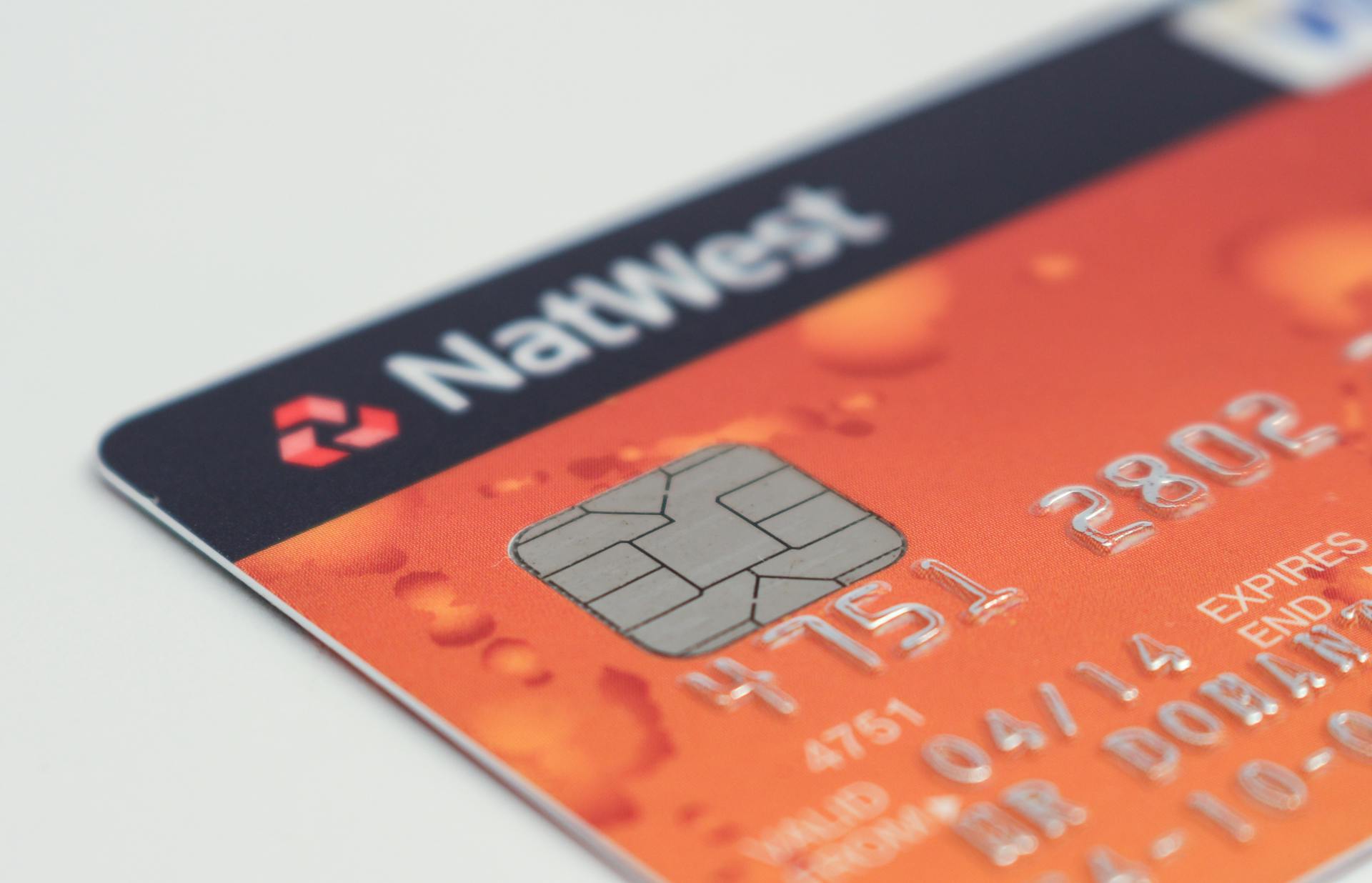
Have you ever heard of credit card churning? It's a strategy that savvy consumers use to earn sign-up bonuses on credit cards. Essentially, credit card churning involves repeatedly opening and closing credit cards in order to take advantage of the sign-up bonuses offered by each one.
So, how does credit card churning work? It's all about timing. By strategically opening and closing credit cards, consumers can maximize their rewards points and cash back bonuses without paying annual fees or interest charges. Of course, there are some risks involved with this strategy, but for those who are willing to put in the effort and stay organized, credit card churning can be well worth the effort.
If you're wondering whether or not credit card churning is right for you, it's important to understand the potential benefits and drawbacks of this approach. In this article, we'll explore what credit card churning is and how it works, as well as provide tips on how to get started with this strategy if you decide it's something that could help you save money.
Additional reading: Class B Shares Private Company
What Is Credit Card Churning and How Does It Work?

Credit card churning involves frequently applying for credit cards to take advantage of their lucrative sign-up bonuses. Savvy credit card users, albeit risky, can earn significant rewards miles, cash back, or points in a short period by putting these practices to use. In recent years, credit card issuers have put limits on churning due to the hefty sums that some consumers were able to accumulate.
While this strategy may seem appealing to the average consumer looking for ways to maximize their rewards, it's important to note that credit card churning can come with risks. Applying for too many cards within a short timeframe can negatively impact your credit score and lead to debt if you're not careful with your spending habits. It's important to weigh the potential benefits against the risks before deciding whether or not credit card churning is right for you.
Expand your knowledge: Credit Cards with Gift Card Rewards
The Surprising Way Churning Could Impact Your Credit
The financial profile credit card churning can significantly impact your credit score, which is one of the most important assets in your financial life. When you apply for multiple cards within a short period of time, it shows up on your credit report and lowers your score. This decrease in score could impact how the future card issuer perceives you as a borrower, which could make it more difficult to obtain credit in the future.
However, if done strategically and responsibly, credit card churning can actually make your financial life easier by providing valuable rewards and benefits. It's important to keep track of all open credit lines and pay bills on time to maintain a good credit score. With careful planning and management, churning can be a useful tool to maximize rewards while still maintaining a healthy financial profile.
Suggestion: Why Is Investing Important
The Ultimate Guide to Mastering Credit Card Churning
Credit card churning is the practice of opening and closing credit card accounts to take advantage of exclusive offers, bonuses, and rewards. Credit card issuers change their offers frequently, often offering generous limited-time deals to attract new customers and retain existing ones. To become a successful credit card churner, start by doing your research. Check credit-card comparison websites and review targeted offers from specific credit card issuers to find the best deals for you.
When evaluating credit card offers, it's crucial to understand the fees involved. Annual fees can eat away at the benefits that make paying the fee worth it - especially if you rarely travel or don't plan on using other perks like free hotel stays or early boarding privileges. Before signing up for a card with an annual fee, evaluate whether the benefits are worth keeping long-term. If they're not, consider a no-fee card instead.
Making payments on time is also key when it comes to credit card churning. Avoid late payment dings by making your monthly credit card payment on time every month. To avoid paying interest charges, pay off your statement balance in full each month. And if you're considering taking a break from credit card churning, set goals for what you want to achieve with your rewards points before cashing them in prematurely - important details like these can help protect your credit score while maximizing your benefits from credit card churning!
For your interest: Roth Ira First Time Homebuyer
Unveiling the Mystery of Credit Card Churning

Put simply, credit card churning generally works by signing up for multiple credit cards to earn generous sign-up bonuses and rewards upfront. Churners aim to accumulate a large chunk of bonus points or miles that can be redeemed for trips, hotel stays, or any other rewards currency you're interested in. This strategy isn't illegal or fraudulent, but it requires careful planning and disciplined spending to make the most of it.
It's important to note that many credit cards come with annual fees, which can be a turnoff for some people. However, these fees are often worth it when you consider the lucrative upfront bonuses churners can receive. Additionally, ongoing spending rewards can help offset some or all of the annual fee costs. The key is to carefully evaluate each card's benefits and fees before deciding if it's worth adding to your points stockpile.
Credit card churning isn't for everyone, but it can be an effective way to maximize your rewards if you're willing to put in the time and effort. By slowly amassing a collection of bonus points or miles from various credit cards over time, churners can build up an impressive stash of rewards currency that can be used for travel or other expenses. Just remember that this strategy isn't a get-rich-quick scheme; it requires discipline and smart spending habits to make sure you come out ahead in the long run.
Additional reading: Liquid Net Worth
The Value of Credit Card Churning: Is it Worth Your While?

The value of credit card churning is definitely worth your while if you're a responsible cardholder with a stellar track record. Credit card churning involves applying for multiple premium rewards credit cards to earn lucrative sign-up bonuses. If you're a big spender who can easily meet the spending requirements, churn credit cards can be an excellent way to earn bonus rewards.
But before you dive into bonus churning credit cards, it's important to consider whether it's a good idea for your financial situation. For inexperienced cardholders or those with existing debt or financial trouble, churning credit cards could backfire and harm your credit score in the long run. It's equally difficult for individuals with poor credit or negative events on their credit report to sustain churning.
To keep things simple, ordinary rewards credit cards are ideal for earning cash back or earning points with simple, consistent reward structures. But if you're someone who enjoys keeping tabs on multiple cards and meeting high spending requirements, then bonus-churning might be right up your alley. Just make sure you understand the rewards system and avoid paying interest on any newly opened accounts by paying off your balance each month.
Curious to learn more? Check out: H B L Power Share Price
How Banks Secure Your Investments from Churning

Credit card issuers love when customers open and close accounts frequently, but banks operate differently when it comes to your investments. They form long banking relationships with clients, rather than trying to acquire fleeting users. To put measures in place, some banks have what's called an "unpublished Chase credit card account." If you've opened a specific card previously closed within the past 24 months or received certain American Express (Amex) offers, your account will be unpublished- meaning only you can see it on your online portal.
Chase has implemented what's called a "rolling 12-month" rule and a "rolling 24-month" rule. If you've received more than five credit cards from any issuer in the past 24 months, you won't be approved for new personal cards from Chase. Citi cards fall under the 48-month rule; if you've opened or closed any Citi cards within the past 24 months, those cards aren't affected by the new restrictions. This helps ensure that your investments are safe and secure.
By taking these precautions, banks make sure that their customers aren't constantly churning through credit cards and potentially hurting their credit scores in the process. Instead of just trying to acquire as many users as possible, they prioritize building lasting relationships with clients who are invested in their financial futures. So rest easy knowing that banks have your best interests at heart when it comes to securing your investments.
For more insights, see: Trailing 12 Months Ttm
Stopping Churning: How Banks are Preventing Customer Loss

Credit card churning has become a dirty word in the banking industry, and for a good reason. Credit card churners don't pay annual fees or interest and often cancel their cards after just one month. They are not the biggest fans of credit card companies, and as a result, banks are taking steps to prevent credit card churning. One of the things banks are doing is discouraging credit card churning advertisers from using affiliate relationships or discussing specific products.
One way banks can prevent credit card churning is by issuing credit cards with minimal fees, such as no annual fee. However, this doesn't mean that profitable customers don't exist. Some customers who use their cards regularly and make charges that result in swipe fees are considered profitable customers. Banks offer extra benefits to carry these types of customers, giving them access to exclusive deals and rewards programs that others may not have.
Banks also prevent credit card churning by monitoring consumer side behavior closely. They keep track of how often someone applies for a new card or how many inquiries they have made into their credit history within a short period. Monitoring these behaviors helps them determine if someone is engaging in credit card churning and take appropriate action to prevent customer loss. All in all, preventing credit card churning can be a good idea for both the bank and its customers because it helps maintain long-term relationships while protecting everyone's financial interests.
Intriguing read: How Much Money Can Someone Donate to a Local Campaign
1. Preventing the Same Cards
Preventing the Same Cards is a crucial aspect of credit card churning. Years ago, it was possible to earn bonuses on the same credit card multiple times by simply canceling and reapplying. However, in recent years, cases banks have put rules in place to prevent people from exploiting this loophole. For example, American Express has added language to their credit card applications that enforces the American Express lifetime limitation for each card type. Similarly, Chase Sapphire cards now have a 48-month rule where you can only earn the bonus once every 48 months, and Citi offers a 24-month rule for certain cards.
For your interest: Wash Sale Rule
2. Too Many Applications
Credit card churning involves opening multiple credit cards to earn sign-up bonuses and rewards points. However, with added rules, such as the 5/24 rule (if you've opened 5 or more credit cards in the past 24 months, you may be denied), it's important to strategize your applications. For example, American Express cards have a 90 day time period between applications while Citi credit cards have an 8 day window. It's also important to differentiate between personal and business cards as they often have different rules and timelines. Plan accordingly and stay within the 65/95 day window for maximum success.
Recommended read: Buying Leased Car 5 Steps
3. Targeted Offers
Targeted offers are a way for credit card companies to reach potential customers who may not qualify for the standard application. These offers often come with better rewards and benefits, but also come with limiting language such as a lifetime limitation or only being available to targeted banks. In extreme cases, banks have even confiscated miles and closed frequent flyer accounts when customers have opened a large number of multiple Citibank AAdvantage cards. It's important to notice if you weren't targeted for an offer and to seek an explanation if your accounts are closed and miles confiscated, as some customers have lost hundreds due to loyalty program policies.
Readers also liked: The Future of Finance: How Automating Accounts Payable Is Changing the Game
Frequently Asked Questions
What is credit card churning?
Credit card churning is the practice of opening and closing multiple credit cards to receive sign-up bonuses and rewards points. This can be a way to earn large amounts of rewards quickly, but it can also have negative effects on your credit score and financial stability.
How does churning affect your credit score?
Churning can negatively impact your credit score due to the increased number of hard inquiries and new accounts on your credit report, which can decrease the average age of your credit history and increase your overall credit utilization ratio.
Can churning hurt your credit?
Yes, churning can hurt your credit as it involves opening and closing multiple credit accounts in a short period of time, which can lower your credit score and make lenders view you as a higher risk borrower.
What is credit card churning and how can you avoid it?
Credit card churning is the practice of opening multiple credit cards to take advantage of sign-up bonuses and rewards, and then closing them after a short period. To avoid it, be strategic in choosing credit cards that offer long-term benefits and avoid signing up for too many at once.
How many credit cards can a credit card churner have?
There is no set limit to the number of credit cards a credit card churner can have, as it depends on various factors such as credit score, income, and issuer restrictions. However, having too many credit cards can potentially harm one's credit score and financial health.
Featured Images: pexels.com


